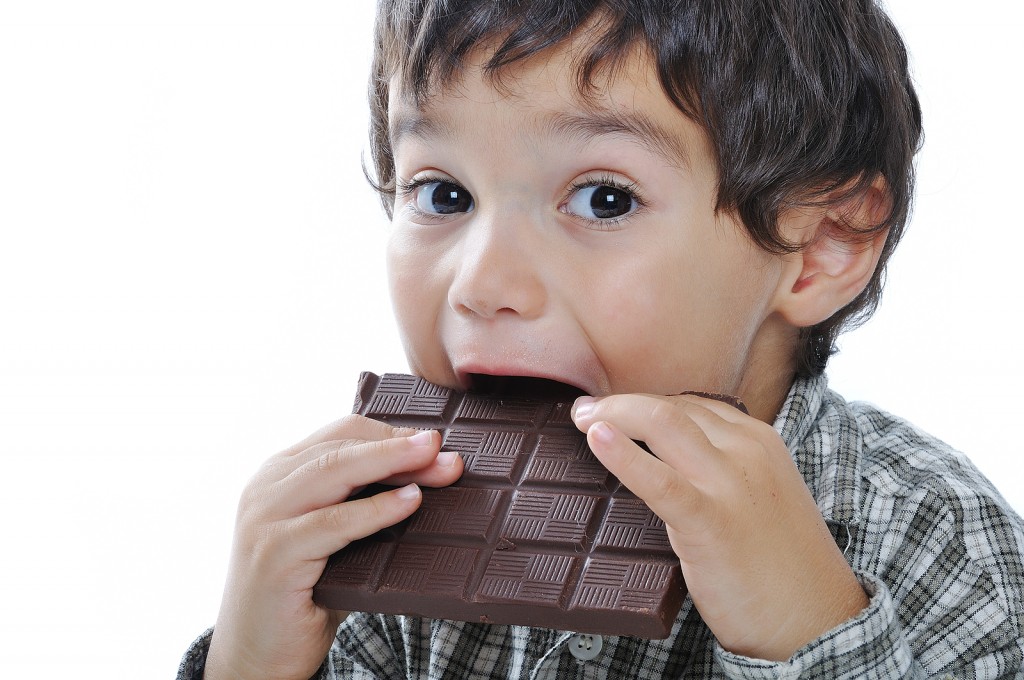Let’s face it. When you leave food choices up to a child, they will pick foods based on how good they taste, feel or look rather than by what the food can do for their body or mood. A child with ADHD is no different, except that getting enough food can also be a problem due to a poor appetite. There are many reasons why kids with ADHD struggle with poor appetite. Topping the list include appetite suppressing medications used to treat children with ADHD, the ease of distractibility making it hard for kids to sit long enough at the table to finish a meal, and power struggles that can develop when parents worry and pressure their kids to eat more.
For kids with ADHD, we know that good nutrition can impact growth and development, and help reduce symptoms such as hyperactivity and distractibility. Medications used to treat ADHD can dramatically suppress appetite, so it is important to regularly monitor growth and nutrition. Not getting enough calories can really affect mood and worsen behavior like inattention and hyperactivity. Kids may feel frustrated, angry, unfocused or anxious, and not realize that eating can help them feel better. Chronically malnourished children ten to score lower on tests of cognitive function and school performance. These children may already be struggling with behavioural problems and school performance in relation to ADHD , so taking steps to improve the quality and quantity of your child’s nutrition can give her a better chance for optimal growth, school performance and behavior.
So if you are not supposed to pressure, force, bribe, distract or plead with your child to eat, then what as a parent can you do to get your kid to eat enough nutrition to sustain proper growth and development? Definitely, placing any kind of negative pressure to eat can cause feeding resistance. Your best friend will be to use your child’s own inner hunger signals to help improve intake. You can better expose your child’s hunger and willingness to eat more by following these tips:
- Structured meals and snacks – small frequent but structured meals are key to resolving a poor appetite. Allowing at least 2-3 hours between meals and snacks, and giving small amounts of liquid calories (like milk or soy beverage) at the end of the meal instead of in between meals will help create more hunger at the meal and snack times. Give water to satiate your child’s thirst instead of other drinks, such as juice, that can further suppress appetite. Remember do not allow your child to graze or snack throughout the day.
- A big breakfast offering foods that are calorie dense, even non-traditional combinations, can help compensate for extra calories lost from lower midday appetite. How about pizza, French toast, or even leftover pasta and cheese? Even grilled cheese sandwiches, omelettes or BLT’s can be a hit and help to fuel your child throughout the day.
- Make every bite count! For small appetites, giving high quality food packed with nutrients and calories is important. Consider adding avocado, butter, eggs, olive oil, nuts, seeds, hummous, cheese, nut/seed butters to foods. For example, cheese and cherry kebobs on a stick, avocado to a shake or in sandwiches or wraps, eggs scrambled into hot pasta and topped with meatballs. Try to ensure at least 2 teaspoons of healthy added fat to each meal, such as olive, coconut, flax or sunflower oil.
- If your child is skipping lunch at school, opt to give finger foods that are easy and quick to eat. Foods such as cheese cubes, mini crackers with cheese or seed butter, quarters of sandwiches, cut up fruit, pizza slices or rolled up deli meat may entice your child to eat a little more than going without food all day.
- Set up a meeting with your child’s teacher to develop a plan that can help your child eat better at school. For example, organizing a quieter space for meals and snacks with less distraction, allowing plenty of opportunity to vent extra energy before meals and snacks to improve focus, or giving more time to eat/complete a meal or snack can help.
- Limit sugar and low nutrient dense foods such as candy, cookies, sweets, and chips that can suppress appetite and offer no nutritional benefit. Also, there has been a recent body of evidence that supports the claim that food colouring (mostly yellow and red) and preservatives such as sodium benzoate found in soft drinks, can negatively affect behavior. Given this research, giving whole, unprocessed foods will benefit sensitive children.
I would love to hear your feedback and ideas that have helped with poor appetite and future blog topics for kids nutrition!
Karen Balko, Registered Dietitian
